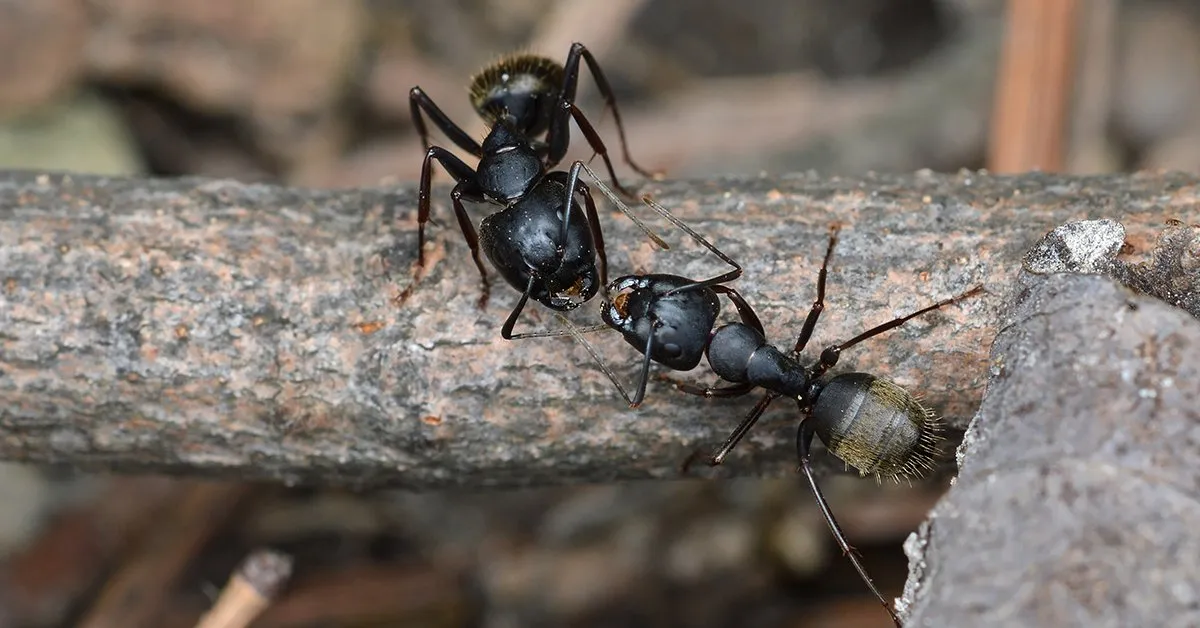The Tarantula’s Ant Enemy
Tarantulas, with their imposing size and fearsome reputation, often seem like the apex predators of their miniature world. Yet, these fascinating arachnids face a surprisingly formidable foe—the ant. This seemingly insignificant insect poses a significant threat to tarantulas, particularly in captive environments but also in their natural habitats. Understanding the dangers that ants present is crucial for tarantula keepers and anyone interested in these captivating creatures. This article delves into the specific ways ants can harm tarantulas, providing insights into how to protect these impressive spiders from this tiny but tenacious enemy.
Why Ants Pose a Threat
Ants, despite their small stature, are highly organized and incredibly persistent. Their colonies, often numbering in the thousands, operate with a collective intelligence that allows them to exploit resources and overcome obstacles that a single ant could not. This social structure and determined nature make ants a persistent threat to tarantulas. Ants’ small size allows them to access areas that are difficult for larger predators, including the tarantula’s habitat, making them a constant potential danger. Moreover, different ant species possess various defense mechanisms, from painful bites and stings to the ability to spray formic acid. These factors combine to make ants a formidable foe for even the most formidable tarantula.
Ants’ Tiny Size, Big Impact
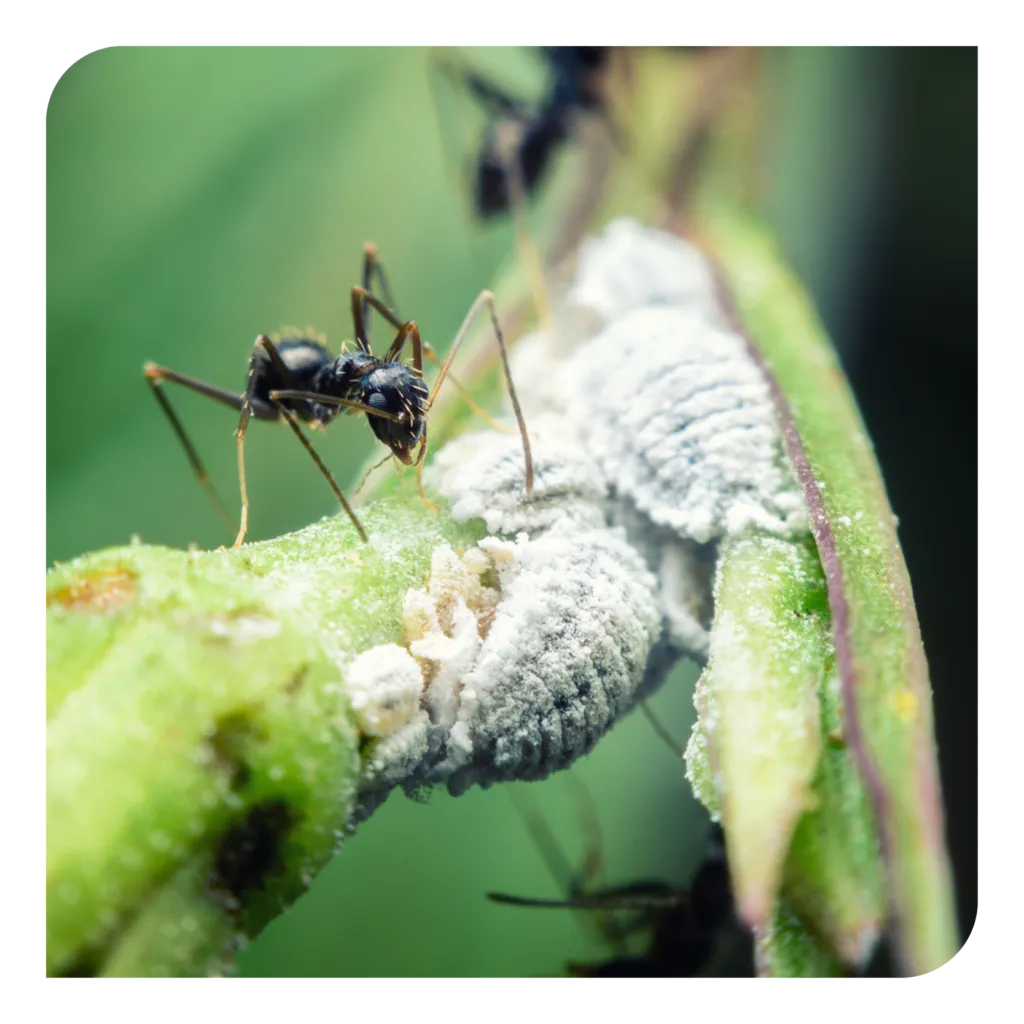
One of the primary dangers of ants is their size. Because of their diminutive size, ants can access the tarantula’s habitat with ease. They can crawl into the smallest crevices, burrow into substrate, and infiltrate even seemingly secure enclosures. Once inside, they can directly attack the tarantula. While a single ant may not pose a substantial threat to a healthy, adult tarantula, a swarm of ants can overwhelm the spider. Ants can crawl into the tarantula’s mouth, eyes, or other sensitive areas, causing significant irritation and potential injury. The sheer number of ants attacking simultaneously can make it difficult for the tarantula to defend itself, especially during molting, when their exoskeletons are soft and vulnerable.
Ant Venom and Its Effects
Many ant species possess venom, which they use to subdue prey and defend themselves. Ant venom can cause severe pain, inflammation, and allergic reactions. For a tarantula, an ant’s bite or sting can be highly detrimental. The venom can cause localized tissue damage, interfere with the tarantula’s nervous system, and potentially lead to secondary infections. Even if the tarantula survives the initial attack, the venom can weaken it, making it more susceptible to other diseases or parasites. The effects of ant venom can vary depending on the ant species and the tarantula’s overall health, but in all cases, it poses a serious threat. The tarantula’s health can be affected, leading to mobility issues and other concerns, so it is important to protect the tarantula from ants.
The 5 Biggest Dangers Ants Pose to Tarantulas
Identifying the specific threats ants pose to tarantulas is essential for effective preventative measures. These threats range from direct attacks to indirect problems. The following are the five most significant dangers.
Ant Attack on the Tarantula
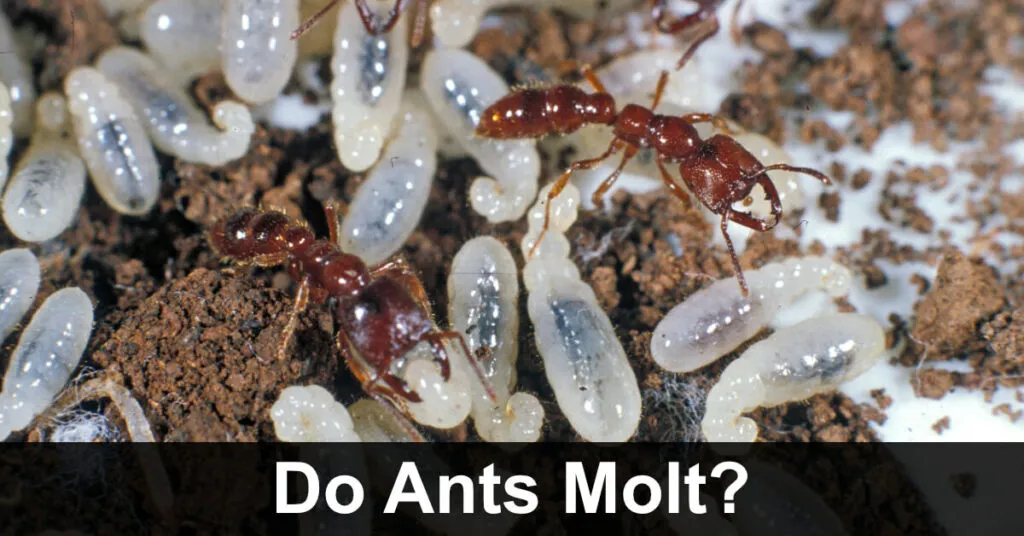
Direct physical attack is one of the most apparent dangers. Ants, especially in swarms, will actively attack tarantulas. They may swarm the spider, biting and stinging it repeatedly. This is particularly dangerous for young tarantulas, those that are molting, or those that are already weakened by illness or injury. The ants’ relentless attacks can cause significant distress and physical harm, potentially leading to death.
Ants Inflict Venom and Bites
As mentioned previously, ants can bite and inject venom. The pain and irritation from bites can be significant, while the venom can cause localized tissue damage, paralysis, or even systemic effects. For smaller tarantulas, the venom can be particularly dangerous, as their bodies may be less able to cope with the toxins. The risk of secondary infections from the bites also increases the overall danger.
Ants Infestation
Ants’ ability to colonize an enclosure poses several indirect threats. An ant infestation can contaminate the tarantula’s habitat with bacteria and other pathogens. They can also compete with the tarantula for food, potentially stealing or damaging the food source. The presence of ants can also stress the tarantula, making it less likely to eat or molt properly. The infestation, left unchecked, may cause the death of the tarantula.
The Ants Steal Tarantulas’ Food
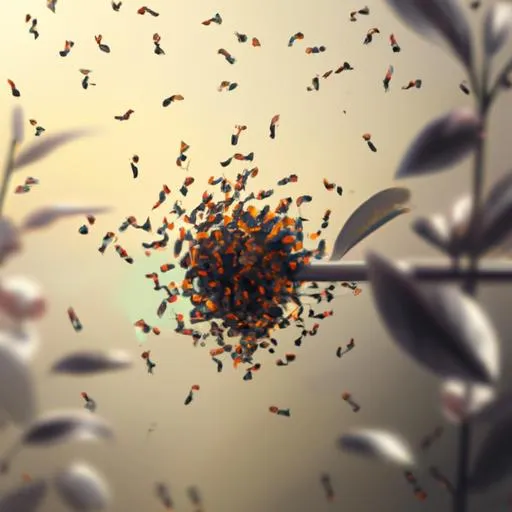
Ants are opportunistic feeders, and they are very efficient at finding and consuming food sources. They will readily take advantage of any food left in the tarantula’s enclosure, including crickets, mealworms, or pre-killed insects. This not only deprives the tarantula of its food but also increases the risk of ant infestation by providing them with a readily available food supply. If ants begin to steal food, then consider providing the tarantula with less food.
Preventing Ant Infestations
Preventing ant infestations is crucial for the health and well-being of your tarantula. The following are a few steps you can take to prevent infestation.
Habitat Management
Maintaining a clean and well-managed habitat is essential for preventing ant infestations. Remove any uneaten food promptly. Clean the enclosure regularly to remove food crumbs, dead insects, and other debris that might attract ants. Ensure the enclosure is dry. Ants are drawn to sources of moisture. Proper ventilation can help prevent humidity buildup. Regularly inspect the enclosure for any signs of ants or ant activity.
Creating Barriers
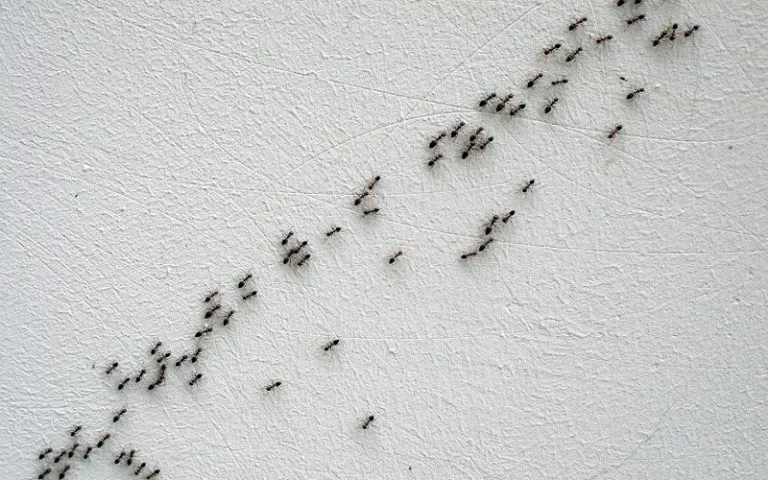
Creating barriers to prevent ants from entering the enclosure is a crucial part of prevention. Apply a thin layer of petroleum jelly or a similar non-toxic barrier around the perimeter of the enclosure. Ants will struggle to cross this barrier. Use a barrier around the legs of the enclosure. This will help prevent ants from crawling up from the floor.
Safe Tarantula Keeping
Proper tarantula keeping goes beyond just providing food and water. It includes actively protecting the spider from potential threats such as ants. By taking the necessary steps to prevent and eliminate ant infestations, you can create a safe and healthy environment for your tarantula. Regular monitoring, consistent cleaning, and preventative measures are key to successful tarantula care.
What to Do If Ants Appear
Even with the best prevention methods, ants may occasionally find their way into the enclosure. If you notice ants, take immediate action. Remove the tarantula from the enclosure carefully and place it in a temporary container. Clean the enclosure thoroughly, removing all substrate and disinfecting the entire habitat. Use ant traps or bait stations specifically designed for use around pets. Avoid using harsh chemicals or pesticides. Once the enclosure is clean and free of ants, allow it to dry completely before returning the tarantula to its habitat. It is also essential to identify how ants got into the habitat and implement measures to prevent future intrusions.
